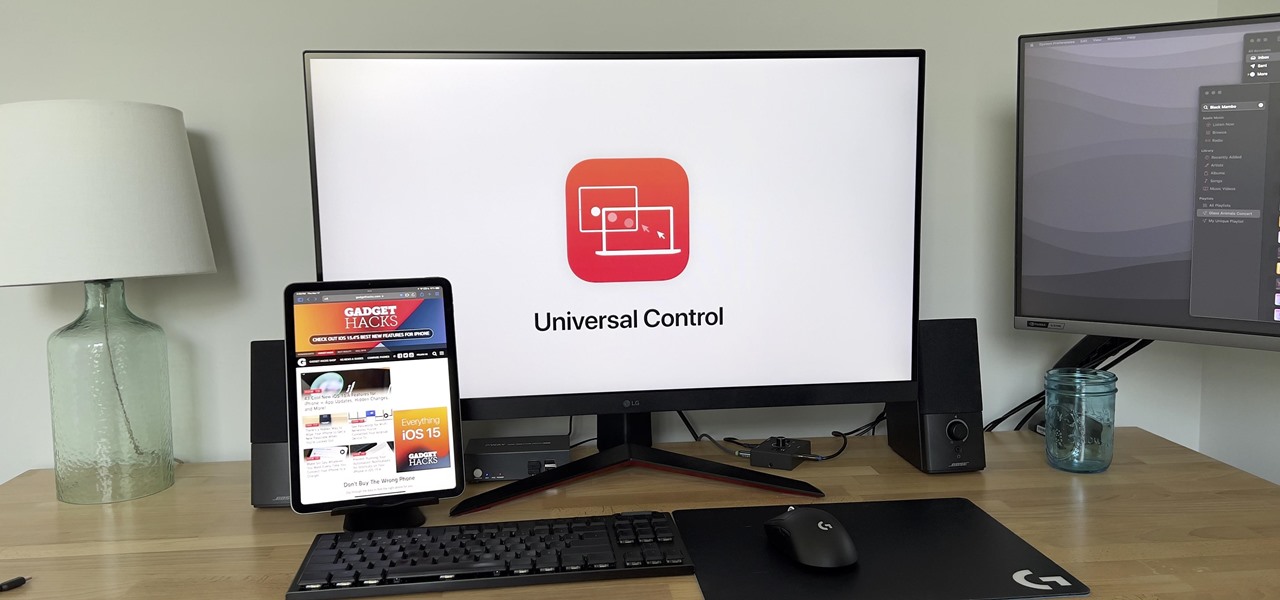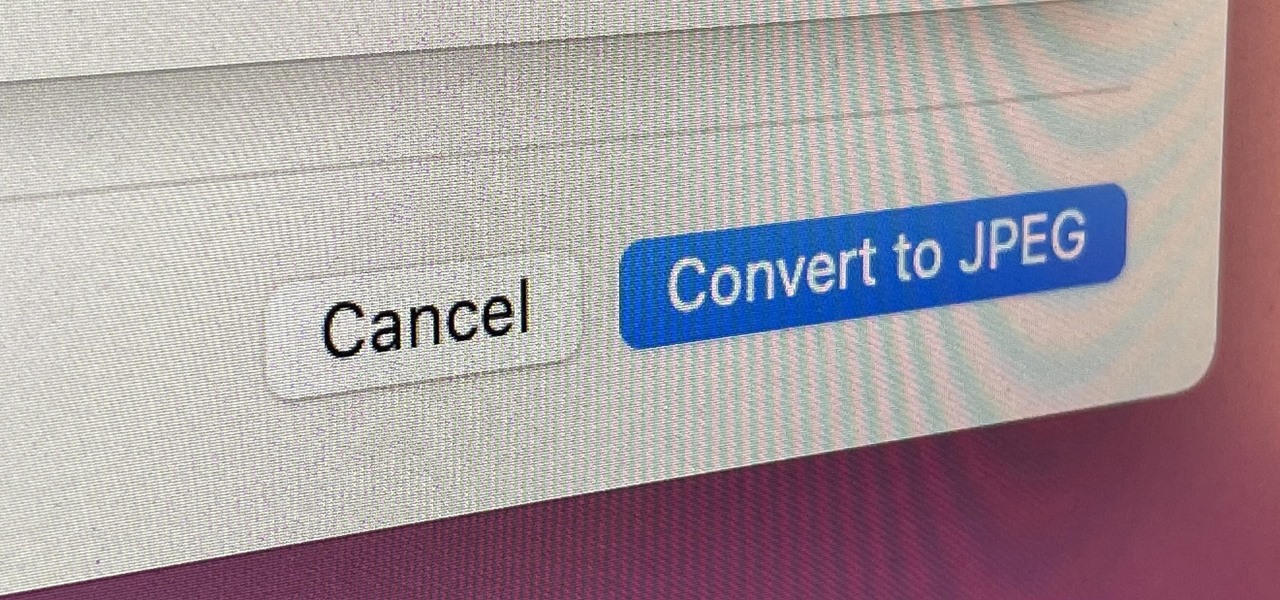8 Snipping Tool Features You Need to Know
Image Editing
Quick Links
-
Learn the Different Snip Modes
-
Use the Time Delay Feature
-
Try the Annotation Tools
-
Record Your Screen Easily
-
Edit Screenshots in Paint and Videos in Clipchamp
-
Extract Text From Images
-
Enable HDR Screenshot Color Corrector
-
Get to Know Snipping Tool Shortcuts
Many Windows users only use the Snipping Tool for basic screenshots, unaware of its full set of features. With it, you can take delayed screenshots, create freeform snips, record videos, extract text from images, and more. If you only use it for simple screenshots, here’s what you miss out on.
1 Learn the Different Snip Modes
Most users stick to the default rectangular snip mode, which allows you to draw a rectangle around the area you want to capture. However, the Snipping Tool offers three additional modes that many overlook. The freeform snip mode lets you draw any shape around the area you want to capture, making it ideal for irregular or custom-shaped screenshots.
Similarly, the window snip mode lets you capture a specific app window, such as a browser tab or program window, while the full-screen snip captures your entire screen, which is especially helpful for multi-screen setups. To use these snipping modes, expand the “Snipping Mode” menu, choose your desired mode, and take your screenshot as usual.
2 Use the Time Delay Feature
When using the Snipping Tool to capture screenshots, dropdown menus, context menus, and other dynamic elements often disappear when you press any key. If you struggle to capture these elements because of this, you’ll appreciate the Time Delay feature. This feature gives you time to set up your screen or open menus before capturing the screenshot.
To use this feature, select your desired snip mode in the Snipping Tool and expand the “Delay Snip” dropdown menu. From there, you can choose a delay of 3, 5, or 10 seconds. After setting up the delay, start the snip and prepare your screen within the given time. This allows you to capture more detailed screenshots without feeling rushed.
3 Try the Annotation Tools
Snipping Tool also offers built-in tools for annotating your screenshots. It allows you to mark and highlight important parts of your screenshots to effectively convey your message. You can draw, write, or add shapes to the image. To highlight or draw on the image, select the pen or highlighter tools from the toolbar.
If the default thickness or color of the pen or highlighter doesn’t suit your preferences, you can customize it. If you accidentally add a shape, emoji, or text, the eraser tool lets you remove unwanted elements. Also, you can crop the image to remove unnecessary portions. These annotation tools are great for quick edits, especially when you’re in a hurry.
4 Record Your Screen Easily
The Snipping Tool has evolved beyond just a screenshot tool. Microsoft has introduced a screen recording feature that allows you to record your screen. The recording interface is simple, with options to record your voice and toggle the system audio on or off. Also, there’s no time limit. If you use a different screen recording tool, the Snipping Tool can easily replace it.
To use the video recording feature, select the “Record” option in the top-right corner and click the “New” button. Then, select the area of the screen you want to record and click the “Start” button. The Snipping Tool will start recording. When you’re done, click the red stop button, and Windows will save the recording to the default recording folder.
5 Edit Screenshots in Paint and Videos in Clipchamp
If you take screenshots with the Snipping Tool but edit them in a different program, you can save time by exporting them directly to Paint for editing. Click the “Edit in Paint” option in the top-right corner of the Snipping Tool, make your edits, and then go to the “Save As” menu to save the edited image in your preferred format.
Similarly, if you use the Snipping Tool to record videos and later edit them in a third-party editor, you can export them directly to Clipchamp, Microsoft’s free video editor. With Clipchamp, you can combine clips, add audio, text overlays, transitions, filters, and more—all for free. Also, its user-friendly interface makes it an ideal editor for beginners.
6 Extract Text From Images
The Snipping Tool now supports OCR (Optical Character Recognition) technology, which allows you to extract text from images. This feature saves you time and prevents you from manually typing handwritten notes, whether from a physical page or downloaded online. Also, you can easily edit the extracted text.
To use this feature, simply import an image into the Snipping Tool, click the “Text Actions” option at the top, and the tool will scan the image for any text. Once detected, it will highlight the text portions. You can then select the text, right-click on it, choose “Copy Text,” and paste it wherever you need. You can also use the Redact feature to hide sensitive information.
7 Enable HDR Screenshot Color Corrector
Screenshots taken on an HDR monitor look more vibrant and immersive than those taken on a standard monitor. The Snipping Tool includes an HDR Screenshot Color Corrector feature that automatically adjusts the colors of screenshots captured on an HDR monitor. If you have an HDR monitor, enabling this feature will improve the appearance of your screenshots.
Without enabling this feature, screenshots taken on an HDR monitor will look similar to those taken on a standard monitor. The feature is turned off by default, so you’ll have to enable it in the settings. To do this, open the Snipping Tool, click the three horizontal dots in the top-right corner, and select “Settings.” Then, toggle on the “HDR Screenshot Color Corrector.”
Just so you know, this tip is only relevant if you have an HDR monitor. If you use a standard monitor without HDR support, it won’t apply.
8 Get to Know Snipping Tool Shortcuts
The Snipping Tool in Windows offers several keyboard shortcuts that streamline capturing screenshots and recording video, saving you time. For example, pressing Win+Shift+S lets you instantly take a screenshot in your preferred snip mode, and you can use the same shortcut to take multiple screenshots in one go, which are saved to your clipboard.
Pressing the PrtSc (Print Screen) key captures the entire screen and copies it to the clipboard. However, pressing the Windows key along with PrtSc captures only the active window without any extra elements. Also, pressing Win+PrtSc captures the full screen and automatically saves it as a file in the Screenshots folder.
The Snipping Tool offers all the necessary features to take your screenshot game to the next level. If you weren’t aware of the above features, start incorporating them into your workflow to boost your productivity. If you’re paying for third-party software to accomplish the same tasks, Snipping Tool has the potential to replace it, saving you money each month.























